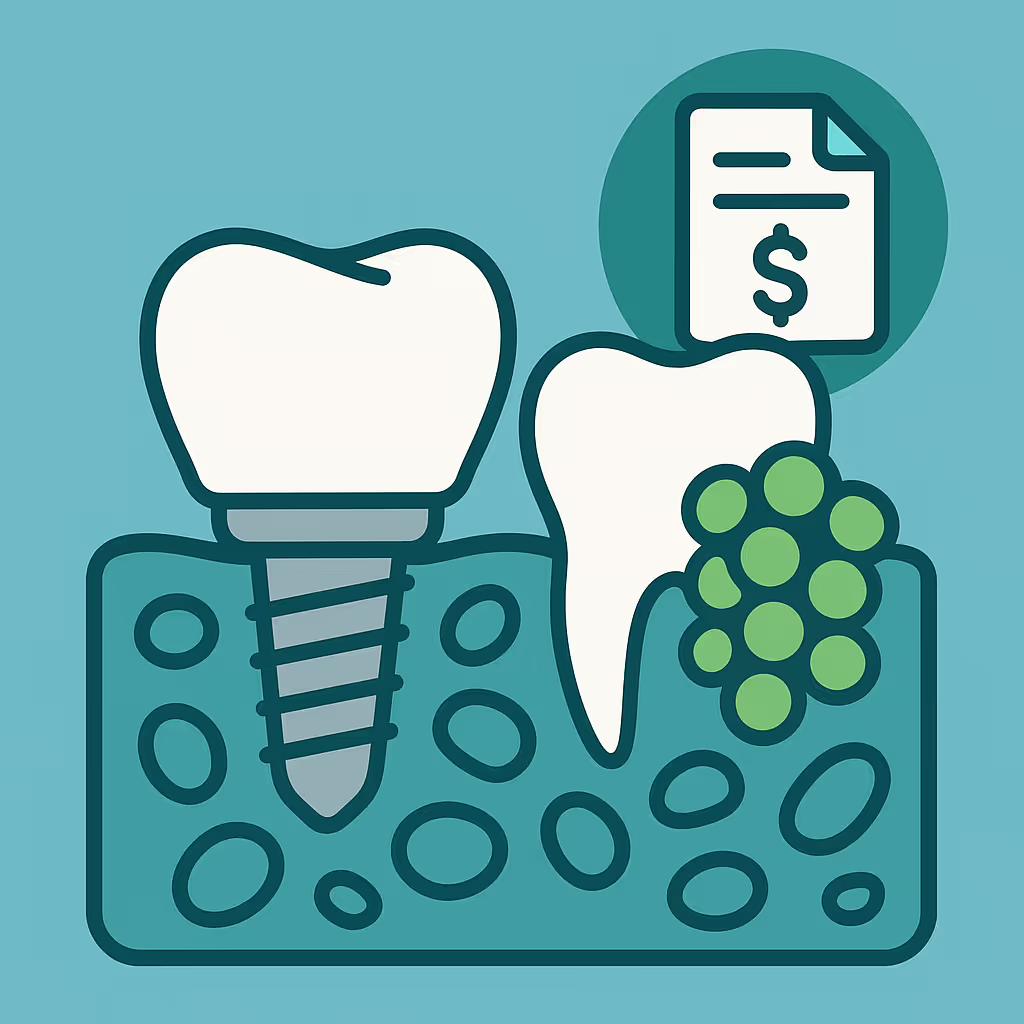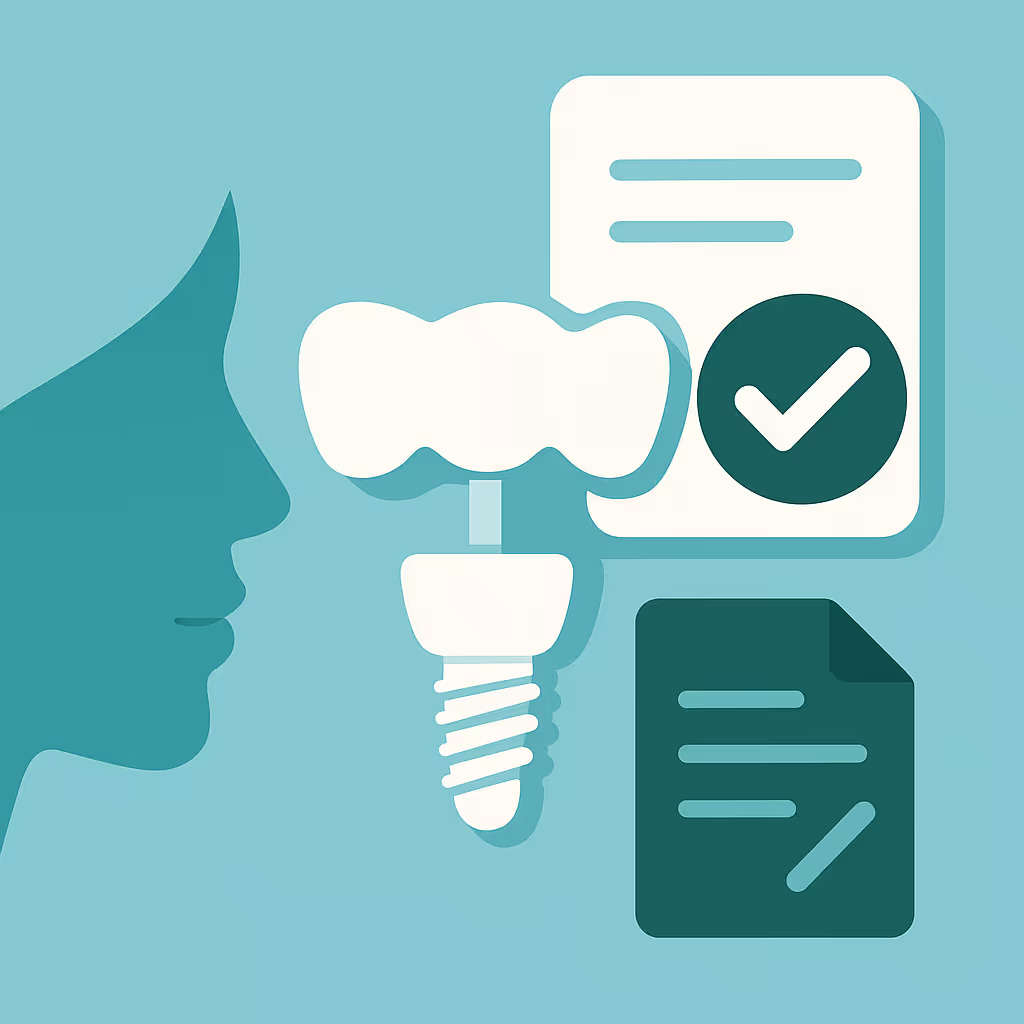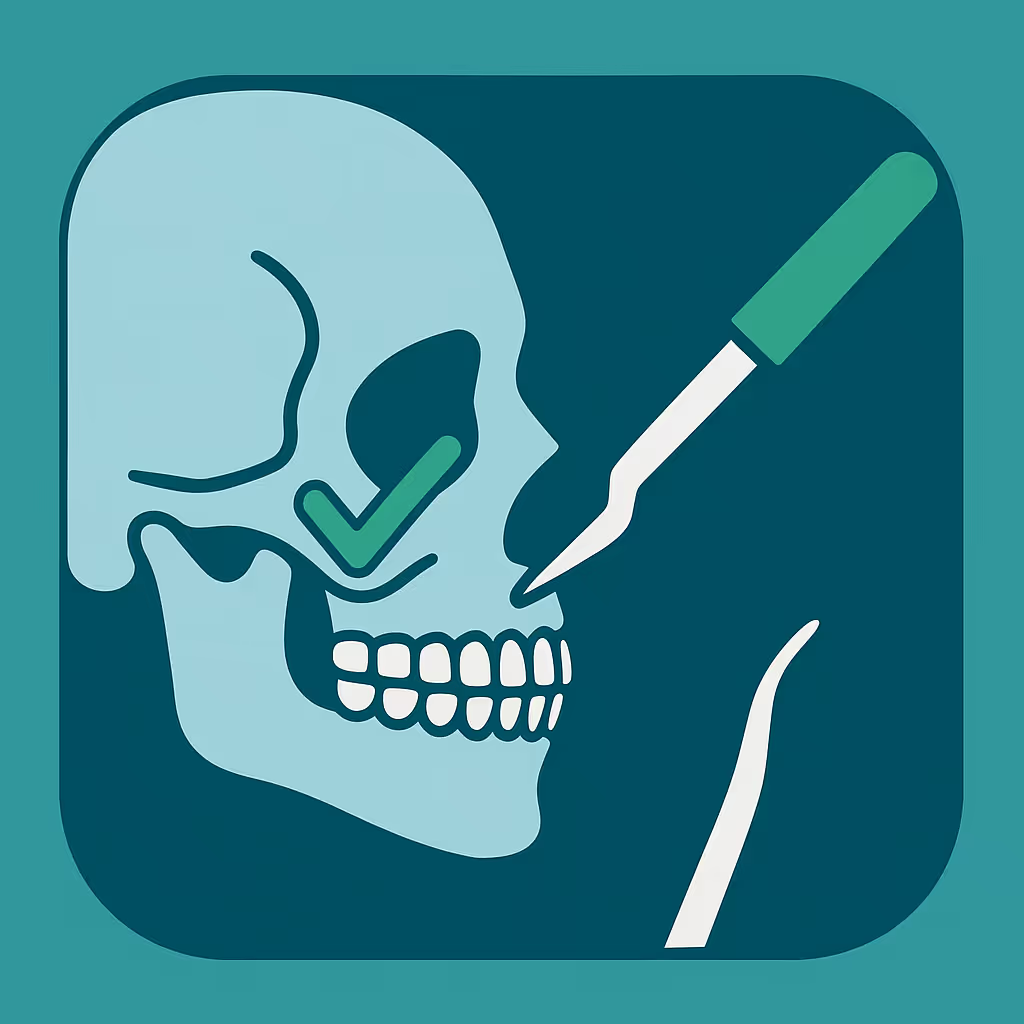Understanding Dental Code D5936
When to Use D5936 dental code
The D5936 dental code is designated for an interim obturator prosthesis. This CDT code is used when a patient requires a temporary prosthesis to close a congenital or acquired defect of the palate or maxilla, typically following surgery or trauma. It is not intended for definitive, long-term prostheses, but rather for interim use during healing or until a permanent solution can be fabricated. Dental teams should select D5936 when providing a prosthesis that will be replaced or modified as the patient’s condition stabilizes or changes.
Documentation and Clinical Scenarios
Accurate documentation is crucial for successful billing and reimbursement of D5936. Clinical notes should clearly indicate:
- The diagnosis or condition necessitating the obturator (e.g., maxillectomy, cleft palate repair, trauma).
- The temporary nature of the prosthesis and the expected timeline for a definitive prosthesis.
- Details of the fabrication process, including materials used and patient-specific modifications.
Common scenarios for D5936 include post-surgical patients awaiting healing before a permanent obturator, or those undergoing staged reconstructive procedures. Always ensure that the interim status is well-documented in both clinical and billing records to support the use of this code.
Insurance Billing Tips
Billing for D5936 requires attention to detail and proactive communication with payers. Here are best practices:
- Insurance Verification: Before treatment, verify the patient’s benefits for prosthetic services, specifically for interim prostheses. Not all plans cover interim obturators, so check for exclusions or limitations.
- Pre-authorization: Submit a pre-authorization request with supporting clinical documentation and photos or radiographs if possible. This step can reduce claim denials and clarify patient responsibility.
- Claim Submission: When submitting the claim, use D5936 as the primary procedure code. Attach all relevant documentation, including the clinical narrative, operative reports, and any correspondence with the referring provider.
- Explanation of Benefits (EOB) Review: Carefully review EOBs for payment accuracy. If the claim is denied or underpaid, initiate a claim appeal with additional documentation and a detailed explanation of medical necessity.
- Accounts Receivable (AR) Follow-up: Track outstanding claims and follow up regularly with payers to ensure timely reimbursement. Document all communications for future reference.
Example Case for D5936
Consider a patient who has undergone a partial maxillectomy due to oral cancer. The oral surgeon refers the patient for an interim obturator to restore oral function and aesthetics during the healing phase. The dental team verifies insurance benefits, obtains pre-authorization, and documents the surgical history, defect size, and prosthesis design in the clinical record. After delivering the interim obturator, the office submits a claim using D5936, attaching the operative report and clinical photos. The payer initially denies the claim, citing lack of medical necessity. The billing team appeals, providing a detailed narrative and additional documentation. The claim is subsequently approved, and payment is received. This example highlights the importance of thorough documentation and persistence in the billing process.
For related procedures, such as definitive obturators, see our guide on D5931 obturator prosthesis, definitive.





